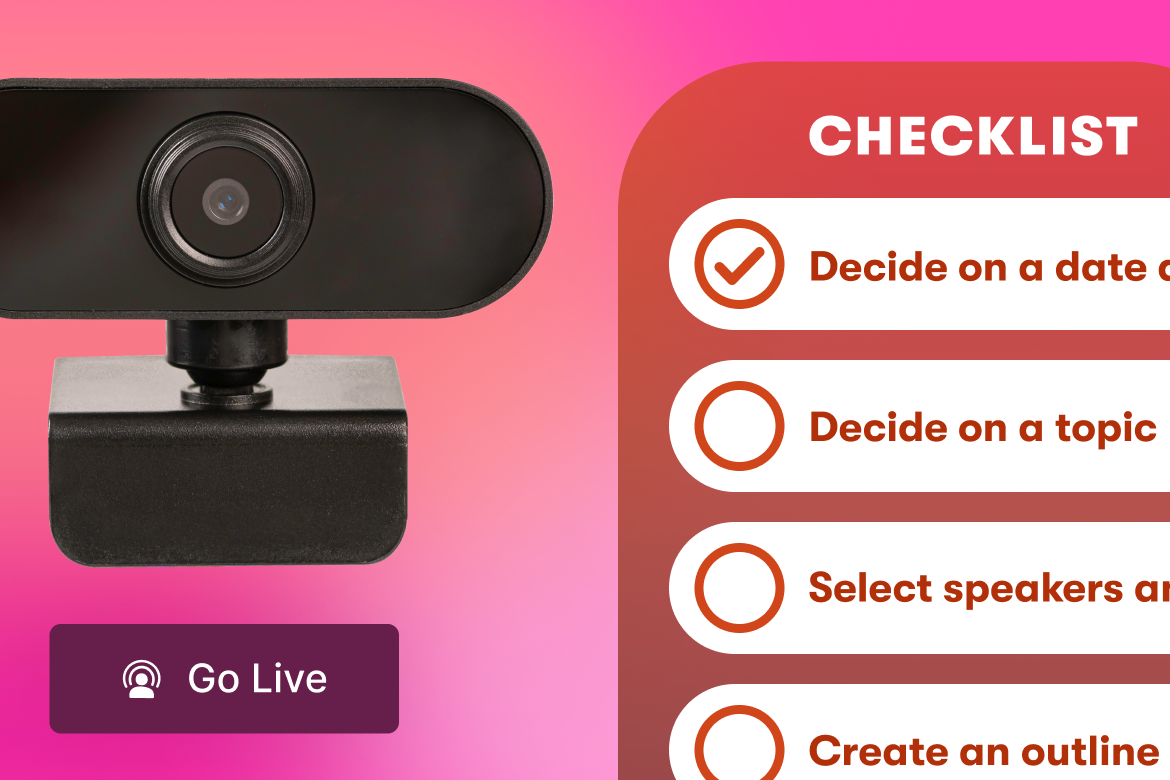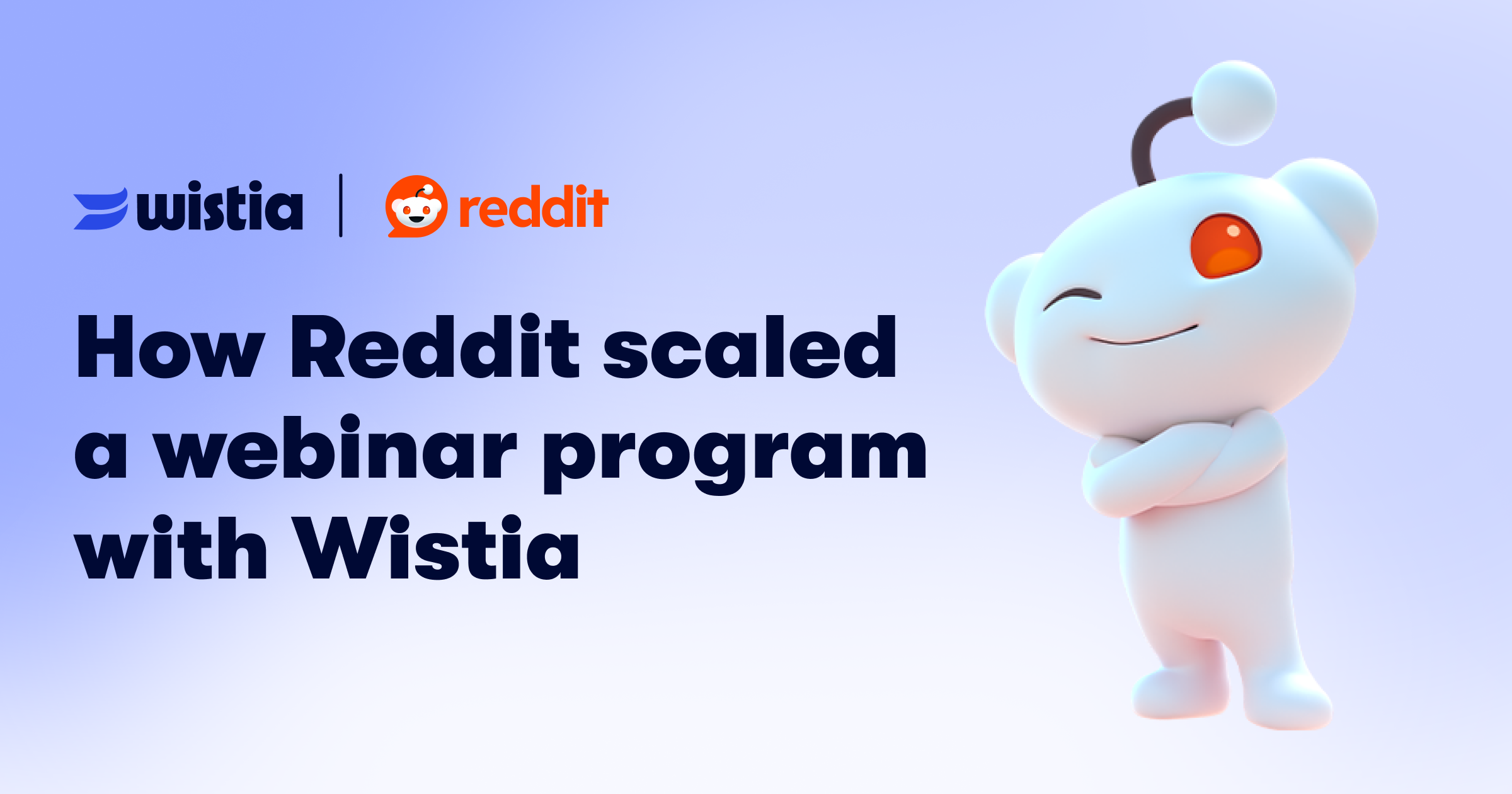6 Sales Touch Points That Can Be Improved with Video
By using video at key customer touch points, sales reps can not only save time, but also leave stronger impressions.
September 6, 2018
Topic tags
Video is an asset to your sales funnel because it highlights your team’s stellar communication skills. By using video at key customer touchpoints, reps can answer important questions and make compelling arguments for purchase.
To move people down the funnel quickly, you just need to know which types of videos to send and when — it’s a “right place, right time” sort of thing. Luckily our favorite webcam and screen-recording tool makes it easy to record simple presentation videos that will put hearts in your prospect’s eyes.
In this post, we’ll walk through 6 examples of videos that can easily replace or improve common touch points along the buyer’s journey.
1. Replace cold calls with video voicemails
For a new prospect, the first contact is make-or-break. Yet, cold calls can start things off on the wrong foot by catching a prospect at an inconvenient time. Video voicemails take that spontaneous pressure off while still reaching the prospect in a visible spot: the inbox.
A video voicemail at the first touchpoint addresses big-picture questions. Early on, the prospect may have browsed your site or even signed up for your mailing list, but they’re probably still wondering: What is this company, and what problems could they actually solve for me?
Creating a presentation video is a quick and efficient way to answer those questions before they even have chance to ask them. Instead of picking up the phone next time, try a “touch base” voicemail like this one:
This video is a great example of a cold call replacement, but could work just as well as a follow-up. It shows the prospect that you’ve done your research and know their pain points. You can talk about potential opportunities to help without getting too detailed. Finish strong with a contact form that makes it easy for the potential customer to get in touch.
2. Introduce reps with a friendly greeting
Once a prospect has expressed interest in learning more about your product, the rep assigned to their account needs to start building on that interest to form a relationship — and fast.
A personal greeting video answers the questions: Who’s behind the company and would they be good to work with?
BambooHR, a human resources software service, experimented with a personal intro video so that prospects can get to know sales reps outside of their “selling” role:
This type of video is the perfect precursor to a technical chat. It gives memorable details that the prospect will have in mind the next time you reach out. You can use more produced videos like BambooHR, or simply create a presentation video with your webcam. A good script and some flattering lighting should do the trick!
Make a short slideshow about yourself and then tweak the presentation for each individual customer. You don’t have to discuss your work, but it helps to consider what might make someone excited to work with you!
“Make a short slideshow about yourself and then tweak the presentation for each individual customer.”
An intro video frames the conversation not as a chore or a pitch, but as an invitation for the prospect to talk about themselves, too. It stands out in the inbox because it doesn’t directly ask the prospect to do anything. You can leave the door open to get in touch, or just say that you’ll be following up soon.
3. Make your case with a results-driven pitch
Once you’ve established good, consistent rapport, it’s time to get down to business. The third touchpoint should lead the prospect closer to conversion with a compelling argument on behalf of your product.
A video presentation can make stats and figures come to life just like an in-person pitch. A video at this stage should use concrete evidence to answer the question: Why should I pay for this product or service?
Like Katie does in the video above, you can start the video picking up where you left off in your last conversation, or use common ground to break the ice if it’s been a little while.
Then, start to explain the most important features of your product that are relevant to the prospect’s industry and use case. In this example, Katie offers tips about SEO and lead generation, and uses proprietary data to backup her claim that video thumbnails can help with open rates. At the end of the video, you can discuss how your product fits in with the other tools and processes the prospect is already using, showing how easy it would be to get your product up and running.
4. Show off your product with a personalized demo
At the point of a demo, the lead is on fire — not literally, but you know what I mean. You’ve made a strong case, and the prospect is ready to take your product out for a test drive. This isn’t the time for a generalized tutorial or broad product marketing video. Instead, go for a personalized demo!
A tailor-made demo video will clear up any confusion the customer has about your product or servie It answers the question: How do I actually use this tool?
“A tailor-made demo video will clear up any confusion the customer has about your product or service.”
Walking through your product takes time and is obviously most effective in a live setting. However, if you’re selling a B2B product, your service is likely to be implemented by an entire team, not just the person you’re presenting to. That’s where a recorded presentation comes in to save the day!
If you use Soapbox to record your demo, you’ll be able to save not just the steps of the walk-through, but you can also answer questions that you know are frequently asked by prospects. In the video above, Taylor shows exactly how you would add a lead capture form to a video with our HubSpot integration.
The demo evolves into a two-way conversation between buyer and seller rather than a static, dry presentation. The customer can then take the demo back to their team and contact you with any follow-up questions they may have.
5. Follow up with a friendly “get to know us” video
Once a prospect is more informed about your product, they may still be on the fence about whether or not they want to purchase for any number of reasons. That’s where showcasing your company, brand, and the people who work there, can really pay off. This can easily set you apart from the competition if your prospect is deciding between two products.
Bluleadz, an inbound marketing agency based in Tampa, follows up with prospects by creating custom follow-up videos after a phone call goes well and a proposal has been sent. By incorporating video into their sales outreach efforts, Bluleadz “ … closed 63% of the clients we’ve sent these videos to, compared to 46% of client’s we did not.”
The best part about these 1:1 outreach videos? Your prospect can share the video with their team and get everyone pumped up about working with you!
6. Nudge your prospect in the right direction
Let’s admit it — folks are busy! And signing up for a new tool can sometimes feel a little arduous, which makes it easy to deprioritize. So, when a prospect lets you know that they intend to buy your product, but you haven’t heard from them in a little while, reach out with a friendly video to touch base.
A quick video like the one below (it’s only 15 seconds long!) gets the job done fast. Show your commitment to solving your prospect’s problems and gently point them in the right direction — toward closing the deal. Not only will a video from a friendly face give your prospect all the warm fuzzies, but it will also motivate the customer to take that final step across the finish line.
As the sales contact, you know your customer’s pain points best and can help remove any barriers or hesitations to getting started by being transparent and clear. Maintain the momentum you built in the sales funnel and assure the new customer that they have your team’s full support!
“As the sales contact, you know your customer’s pain points best and can help remove any barriers or hesitations to getting started by being transparent and clear.”
Shoring up your entire sales funnel
It’s way too easy to lose touch with a prospect during the sales process. Recording a video is a creative, time-saving way to keep in contact. Videos make it easier to follow up efficiently, demonstrate value, and make someone feel good about working with your team. Stay top-of-mind and leave unanswered messages behind — all you have to do is hit record.






